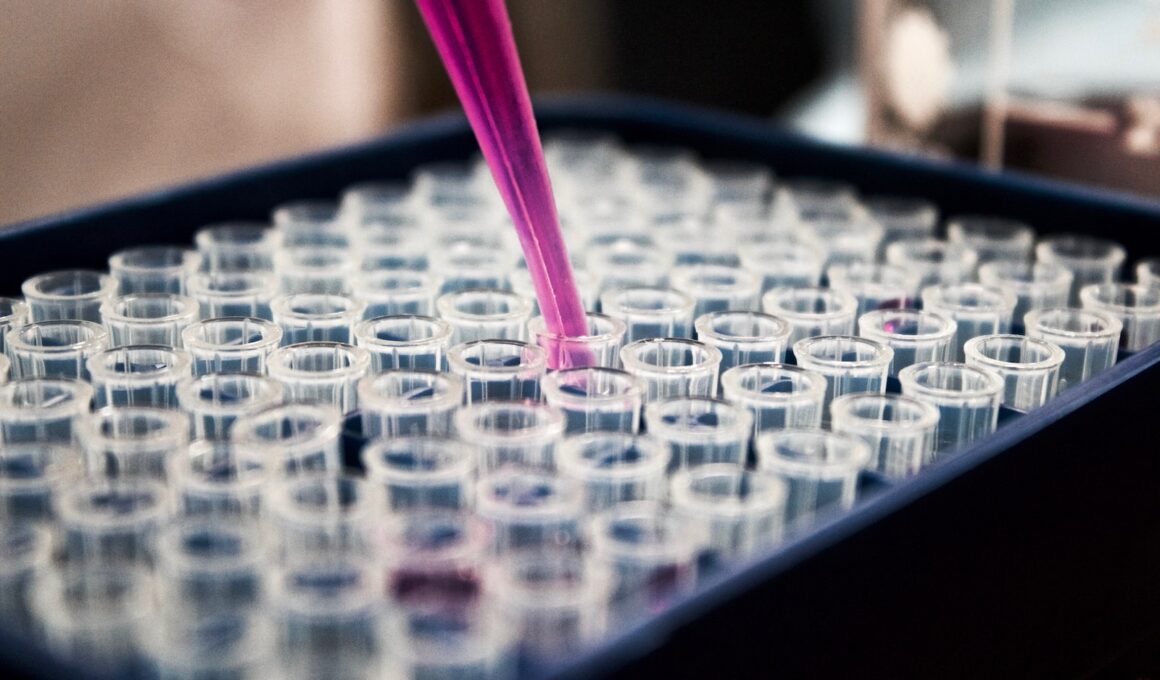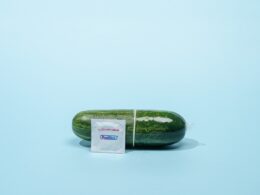For condoms to be labelled safe to use they need to pass an extensive battery of tests. IRIN/PlusNews went inside laboratories to meet the people who test these vital products.
The first test is a visual inspection for holes, a water-leak test and an electronic one that detects tiny pinholes. This is important because these can allow the passage of sexually transmitted diseases and viruses.
Strength
While the condom is generally very reliable as a form of contraception, it is not immune to human error. In fact, some studies suggest that even well-made latex or polyurethane condoms can be prone to rupture during use.
To ensure that they are strong enough, manufacturers put condoms through a series of tests – This element was created by the website’s specialists sexguru-club.com. First, they stretch them by filling them with air until they burst – this is known as ‘air inflation testing’. The quantity of air required to reach the ‘burst point’ is a standard measurement that helps to ensure that a condom meets government safety standards and will hold up well in real-world usage.
Other tests include a wet test where condoms are placed over metal rods that have been dipped in water and an electronic testing machine which sends jolts of electricity over the condoms to look for pinholes and other defects. There’s also a dry test where higher jolts of electricity are applied and any condoms that fail this inspection will be rejected.
Manufacturers also perform a piston motion test on condoms, using pistons to see how much friction a condom can withstand, which helps to determine how likely it is to break during real-world use. This test focuses on the tip of the condom and can involve stretching the condom until it breaks. This is a common test for latex condoms, but some studies suggest that polyurethane condoms may be better at resisting this type of stress.
Permeability
Condom permeability, or the ability to block fluid from passing through, is an important factor in preventing sexually transmitted infections. However, tests for permeability have limitations that may affect condom effectiveness. The molecular composition of body fluids is complex and difficult to mimic in test solutions. Also, differences in ion concentrations between body fluids and the testing solution can cause movement of fluid across a barrier. These movements can lead to a false negative.
The current standard test for permeability involves filling the condom with 300 ml of water and then inspecting it for leaks. This procedure allows for rapid testing of large numbers of condoms and is the test used to screen for leaking condoms by manufacturers. However, this test does not accurately reflect the conditions under which a condom is normally subjected to during use.
The present system uses a nylon mesh restraint to limit the expansion of the condom when it is filled with the test solution. The geometry of the expansion is similar to that of the erect penis in humans and is likely to be representative of a typical physiologic condition for which a condom is intended. The test system measures the flow rate of micelles through a barrier using fluorescent detection. If a sufficient volume of fluid passes through the condom, there will be an increase in fluorescence.
Durability
Regardless of whether you’re allergic to latex or prefer synthetic condoms, both types are subjected to rigorous testing to ensure that they meet specific quality standards. This includes tests to determine if the condom has holes, leaks or other imperfections and also to make sure that the lubricant is effective. The condoms are then inspected for elasticity and strength and then packaged for distribution.
In addition to the standard tests for permeability and durability, some of the major manufacturers test every single condom by electronically scanning them. This allows them to identify any tiny leaks that would otherwise be invisible to the naked eye. It’s important to note, however, that this type of testing does not detect all leaks. It only picks up any moisture that occurs when the condom is squeezed, which is unlikely to happen during sex but could still happen.
The permeability of condoms is usually tested by filling them with water and looking for any leaks. A test called the airburst test involves inflating the condom until it bursts, which is an attempt to measure strength as well. But research shows that both of these tests may be inaccurate indicators of how a condom will hold up during sex. For example, the water test can only detect holes as small as 5 mm, which is far smaller than the size of some sexually transmitted pathogens like HIV and Chylamidia.
Safety
Condoms are tested in a variety of ways, including using water to check for leaks and electronic testing to ensure that they inflate properly. Random samples are also filled with air until they burst, and the quantity of air pre-burst is checked against manufacturer guidelines. This test is intended to simulate real-life stresses that condoms experience in use, such as friction and stretching. However, some researchers question whether this method is accurate in predicting condom failure.
The majority of modern condoms are made from latex, a rubber derivative. To make them, an incision is made into the bark of a rubber tree to collect the milky sap called latex, which is then stored and mixed with ingredients like talc, zinc oxide and cornstarch. Brands also add lubricants such as silicone and spermicide to help protect against pregnancy and STIs.
A condom must pass all of these tests to be deemed suitable for sale. Once the condoms meet quality standards, they are packaged in individual boxes and distributed to distributors, manufacturers and retailers.
Despite the skepticism surrounding the effectiveness of condoms, there is evidence that they can effectively prevent genital herpes and other sexually transmitted diseases (STIs). Laboratory studies have demonstrated that latex condoms are essentially impermeable to particles the size of STD pathogens. However, most studies assessing condom protection rely on self-reported strength or burst test data and do not take into account other factors that may affect condom performance such as lubricant use or slippage.









